|
Welcome back readers! Since the last time I wrote, I have conducted an introductory experiment, regarding the effects of head trauma and Ginkgo Biloba on the drosophilas’ moods, as well as presented my findings and procedures to my fellow TRIP peers. Might I add that within the past few weeks, I have grown very fond of these people, and I look forward to coming together with these brilliant, passionate, like-minded people every week.
That has now led me to my question, is saffron tea or turmeric tea, two herbal alternatives, a better alternative than weight loss teas regarding their effects on weight loss and side effects? I have set up my experiment this past Saturday and I look forward to continuing my research on this in the upcoming weeks. I’m beyond excited to see what conclusions the results will take me to, but until then, goodbye for now readers.
0 Comments
Over the next few weeks, I will be conducting the Larval Memory Assay to determine if Quercetin is able to improve the memory of the larvae. I hope to report back with positive results, both for the larvae and for my own health. Until next time, thanks for reading! Hello everyone!
I am so glad that I'm getting to participate in TRIP! I didn't know many people outside of my school because I moved during the pandemic, so it's interesting to learn more about the schools around the area. It's been a blast so far, and I can't wait for next week! Hello everyone! My name is Eri, and this is my final blog post for the TRIP Initiative! My 11 weeks had some bumps and twists, but it was one of the most interesting experiences I have had this year. According to my results, however, isolation not only led to more social anxiety, it resulted in a huge spike in aggressive behavior. 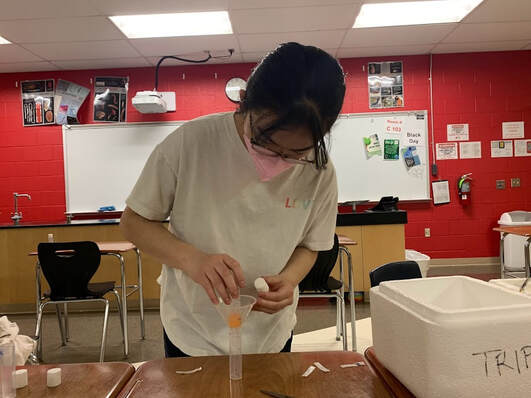 I researched the impact of isolation of aggression and social anxiety in flies. I came up with the project after reading about the impact of the quarantine on mental health. I knew that the pandemic had a severe impact on mental health, but I wondered whether economic/financial reasons or the isolation itself was at fault. I hypothesized that isolation would indeed lead to social anxiety, but I didn’t expect a spike in aggression. According to my results, however, isolation not only led to more social anxiety, it resulted in a huge spike in aggressive behavior. I came to this project after I read about how “hangry” fruit flies would flip each other over and attack each other. (There are a lot of cool videos on the internet!!) I knew that if they would attack because they were hangry, maybe they would attack if they were isolated. My project was 70% preparing food for the vials. Unlike the other projects, I had to set up anywhere from 70 to 150 small vials individually. That meant that I had to measure 0.165 mg around 650 times! Otherwise, figuring out a new assay, the aggression assay, with Dr. Purdy and Dr. Leystra was incredibly rewarding. I can’t wait to try other assays and methodologies as I continue pursuing science in the future. In order to test for social anxiety, I used the social space assay, which measures the distance between 5 flies in order to test if they want to socialize or not. It was a very easy assay to do, and almost therapeutic once I got the hang of it. Overall, I’m very happy at what I achieved at TRIP, and I can’t wait to start other projects on my own.
We’re done already? It seems like just yesterday, we were stepping into the lab for the first time! In my last blog, I talked about how I came up with my research question: How does taking a steady dose of ibuprofen and other common painkillers affect the memory and learning of a developing brain? We have receptors in the brain that regulate learning and memory formation that also process pain killers, like Tylenol and Ibuprofen. As the brain ages and inflammatory responses occur, these receptors start functioning less effectively, contributing to decreases in memory and learning performance. This can cause Alzheimer's disease. There could be potential use of painkillers to prevent or even treat Alzheimer's if they protect these receptors from degenerating. The amazing thing about conducting research is that conclusions lead to more and more questions. 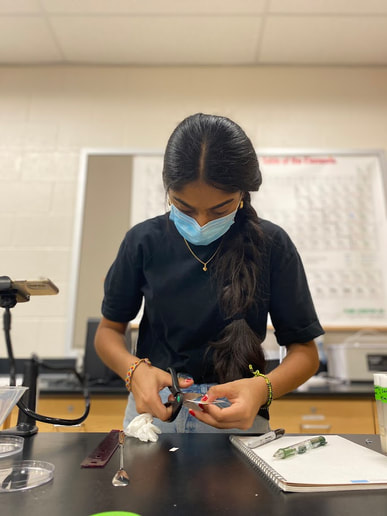 To test the effects on memory and learning on my flies while taking Ibuprofen and Tylenol, I added the daily dose of each drug into their food. After 7 days or continuously taking the daily dose of the painkillers, I tested their memory with the larval memory assay. The first couple of times I ran this assay were incredibly challenging, especially since they involved transferring little larvae from plate to plate every 5 minutes. However, I eventually got the hang of it! My results showed that Ibuprofen increased their memory while Tylenol kept it the same. Based on observations, the larvae that took Ibuprofen also had a quicker recall time, leading me to the conclusion that Ibuprofen can increase short term memory. While I would love to say that my memory should be intact, or even better, because I take Ibuprofen, I found that research does not always lead to one straight answer. The amazing thing about conducting research is that conclusions lead to more and more questions. One question that arose was what are the long term effects on memory with daily painkiller usage? I was only able to test short term memory due to time restraints and knowing the long term effects can be useful to see if it would be feasible to use Ibuprofen or other painkillers to treat or prevent Alzheimer’s. OTC painkillers are also commonly accidentally overtaken, which leads me to question how a higher dose could affect memory. Conducting my own research taught me invaluable things. From managing my time in the lab to fit everything that needed to be done, to compiling and understanding data, to presenting my data, I was learning something new every day. I learned to work with issues rather than against them. Whether it be drowning larvae, losing larvae, denting my plates, or simply counting incorrectly, I learned how to analyze a mistake and bounce back without wasting too much time. Time is essential in the lab and I learnt to take help from my peers or the TAs when I needed it. 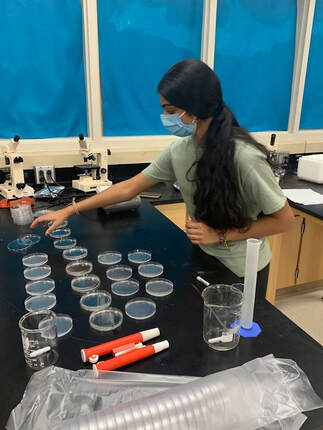 Overall, my time at TRIP has been incredibly beneficial. I’ve loved every minute I spent in the lab. When I first started this program, I was unsure about the career path I wanted to go down, and that was actually one of the reasons I wanted to join TRIP. My experience at TRIP has shown me that I absolutely love being in the lab, as well as learning about neurology and psychology. TRIP gave me an opportunity to explore research in an environment that nurtured growth and questioning, and I could not be any more grateful. I want to thank my amazing peers who made the hours at the lab so much fun, the TAs, who always lent a helping hand, and Dr. Leystra and Dr. Purdy, who were amazing mentors and guided me through the entire process!
Now that the assigned projects are over though, we are moving on to our chosen independent research topics. When time came to pick my independent research topic, I couldn’t decide what I wanted to do. After hours of brainstorming, I decided it would be interesting to investigate the effects of nicotine and vape juice on fruit fly sociability and aggression using the social space assay. I couldn’t help but question myself though: Was my topic good enough? Could I actually calculate the dosage of this drug for a fruit fly? Am I going to mess up in the process? To help myself conquer this self doubt, I decided to ask myself even more questions, but with a change in tone. Why is this topic important to me? How can I make sure my calculations are correct? How do I measure the effects of these drugs on flies? 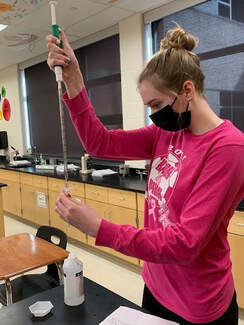 Now that the assigned projects are over though, we are moving on to our chosen independent research topics. When time came to pick my independent research topic, I couldn’t decide what I wanted to do. After hours of brainstorming, I decided it would be interesting to investigate the effects of nicotine and vape juice on fruit fly sociability and aggression using the social space assay. I couldn’t help but question myself though: Was my topic good enough? Could I actually calculate the dosage of this drug for a fruit fly? Am I going to mess up in the process? To help myself conquer this self doubt, I decided to ask myself even more questions, but with a change in tone. Why is this topic important to me? How can I make sure my calculations are correct? How do I measure the effects of these drugs on flies? I decided it would be interesting to investigate the effects of nicotine and vape juice on fruit fly sociability and aggression using the social space assay. I quickly got to work. I chose to make my project about vaping and nicotine because of how frequently I run into my peers consuming/inhaling these drugs in school bathrooms. I know with drugs such as cocaine, your moods can change drastically and can also make you more anti-social. Since little is still known about effects of vaping, especially the vape juice itself, I became curious of how it affected my peer’s sociability and possibly aggression levels. A common stereotype of people taking drugs is that they are dangerous and not the same. Does this stereotype hold true with vaping? Just this change in tone allowed me to believe in my reasoning and the process. I am confident my topic is significant and will help to inform people in my community of any unforeseen consequences of vaping. When I arrived at the TRIP lab on March 12th, I was very excited to start my project and hopefully begin the journey to discovering the answers to my many questions. My only setback was my drug calculations. As I mentioned previously, I had a LOT of calculations to do because I had to take the dosage of vape and nicotine for an adult human and convert it to the dosage for an adult fly. Overall, I had three independent variables I was testing: The effects of vape with nicotine, vape without nicotine, and 40% nicotine sulfite. The vape with nicotine only had a starting concentration of 3%. This was a challenge because 3% and 40% are two very different numbers. Thanks to Dr. Purdy though, I was able to get the calculations I needed to make sure I wasn’t adding any more variables to the equation. I don’t know what I would have done without her. One of my favorite things about the TRIP experience so far is collaborating with mentors and peers. Not only are Dr. Leystra and Dr. Purdy some of the coolest, smartest people I have met, they bring such fun and motivating energy to the lab, leading me to take on new challenges and try new things. In addition, going through this journey with my fellow TRIP peers has made this experience even better. I love being surrounded with people as passionate as I am for science and it is nice to have occasional conversations about life while breaking between fly sorting. I truly enjoy this program so much and look forward to it every week. I am psyched to see what comes next for me and eager to see the results of my independent research project.
Signing off, Erin Suter Initially I had thought that four to five hours was an excessive amount of time to accomplish things, but came to find out after TRIP, it is nearly not enough for the lab. I truly enjoyed my time, and quite frankly, looked forward to spending my Saturdays in the lab with my flies. It had honestly felt closer to half an hour than the five hours I spent there. Well, I can thank Dr. Leystra, Dr. Purdy and my fellow bright TRIP peers for making this experience worthwhile and anything but tedious. I will forever cherish this part of my life as I have grown so much, gained so much insight, and lab experience. Yet most importantly, I gained a profound appreciation for the lab and created everlasting bonds with my new TRIP family. 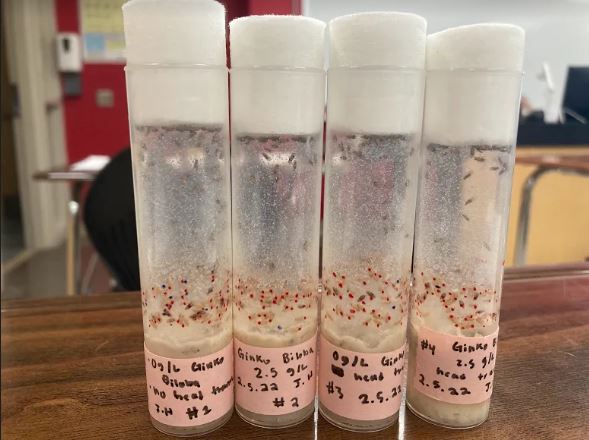 Going into this, I had no idea that a micropipette existed, and hadn’t even considered that people sort flies for experiments. It just hadn’t crossed my mind. Now I’m quite proud to say that I have an entire independent experiment done using drophila as my test subjects, and that I can sort about a good 200 flies in 15 minutes. When I first started my experimental project, so many ideas of what to study had flooded my mind, yet I decided to focus on individuals who are looking to lose weight since it is something that I hear in my everyday life from friends, family, and even on social media. With growing fast food chains and increasingly unhealthy habits that people have come to acquire, obesity has become a global rising concern, especially for the US which ranks 12th for obesity in the entire world. Also social media tends to ruin one’s perception of themselves so many find themselves trying to lose weight to feel more accepted, and tend to do so in an unhealthy manner. When starting my experiment I had understood that not everyone was able to go workout to lose weight whether it be for health problems or even just a lack of time since life can be hectic. So, in my independent project, I had looked into digestive alternatives that people may take to exercise, in hopes of finding one that would aid in weight loss, while also not affecting overall health negatively. I ended up testing a lesser known digestive alternative to weight loss, that being different teas: Weight Loss teas, saffron tea, and turmeric tea. All have been said to have positive effects on weight loss so I tested to see which out of three tea alternatives would be the best option in terms of both weight loss and maintaining good overall health. I had thought that since saffron is so extremely expensive, that saffron tea was sure to have profound positive effects for losing weight and overall health, though to my surprise that wasn’t the case. Turmeric tea, a tea people tend to not give a second thought about, had actually the most prominent positive effects, showing the most weight loss in fruit flies as well as the maintenance of the overall health of the fruit flies shown through the development of the larvae and their eclosion rate. So if you ever want to lose weight , consider giving turmeric teas a try!
|
Archives
April 2024
Categories
All
|
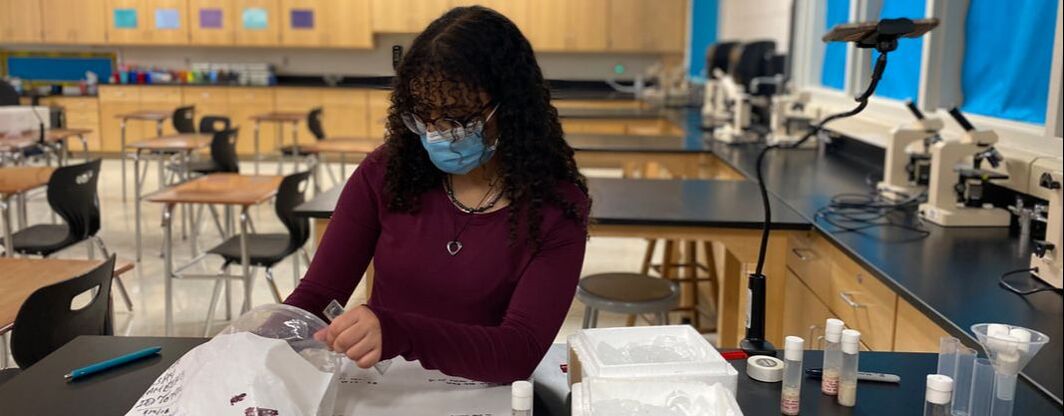
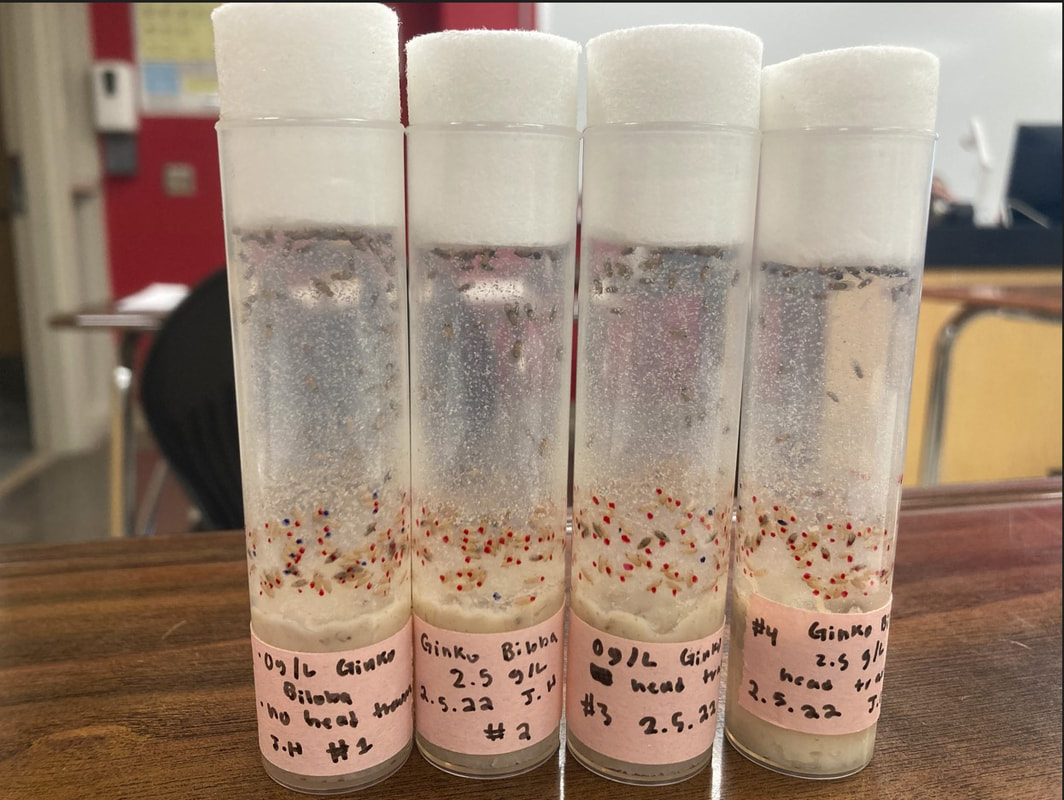
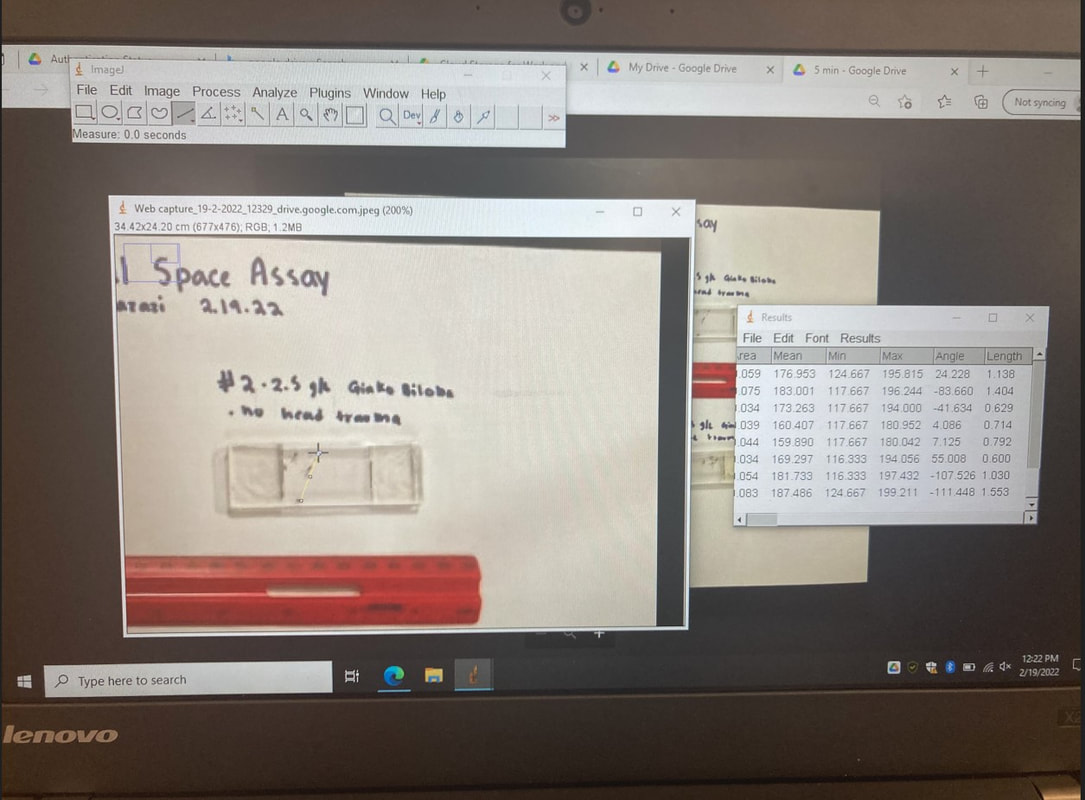
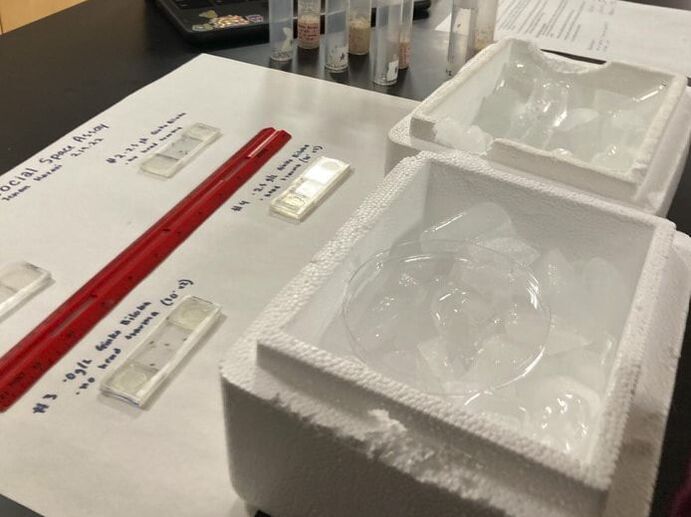
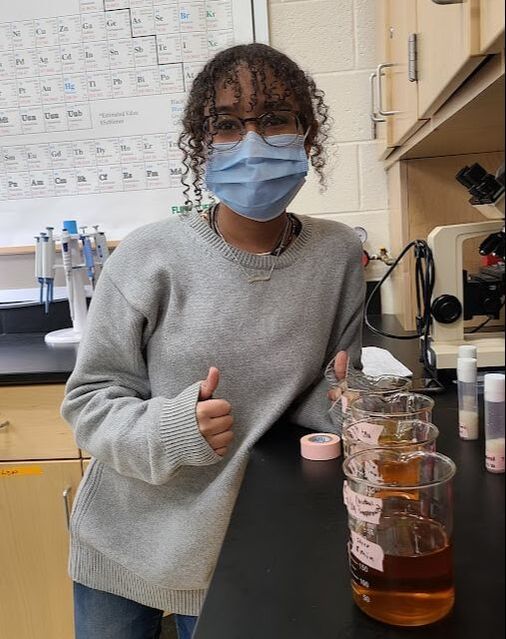
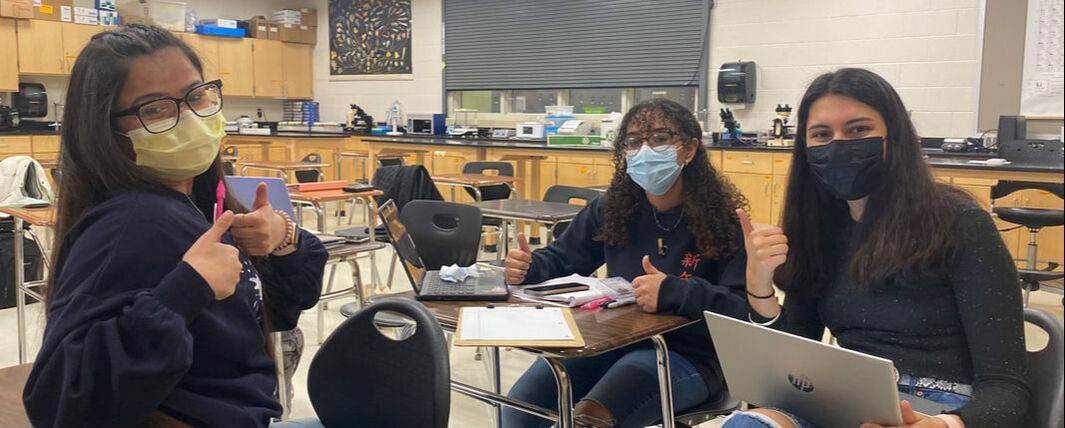
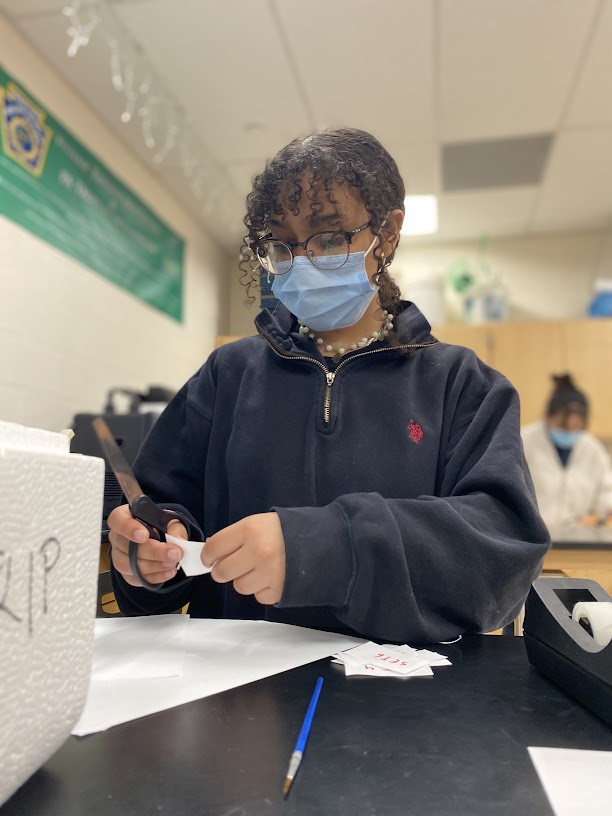
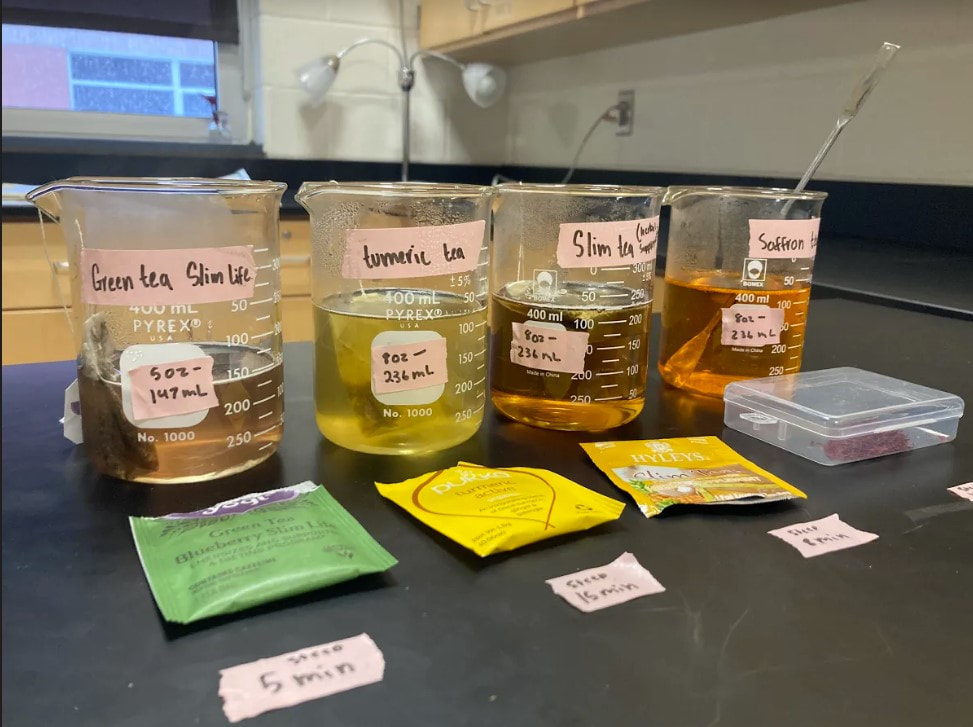
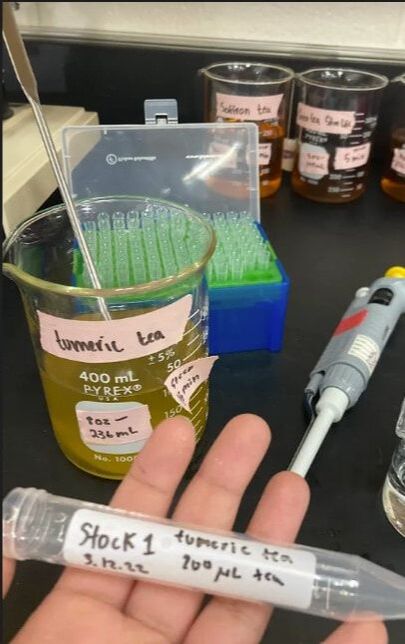
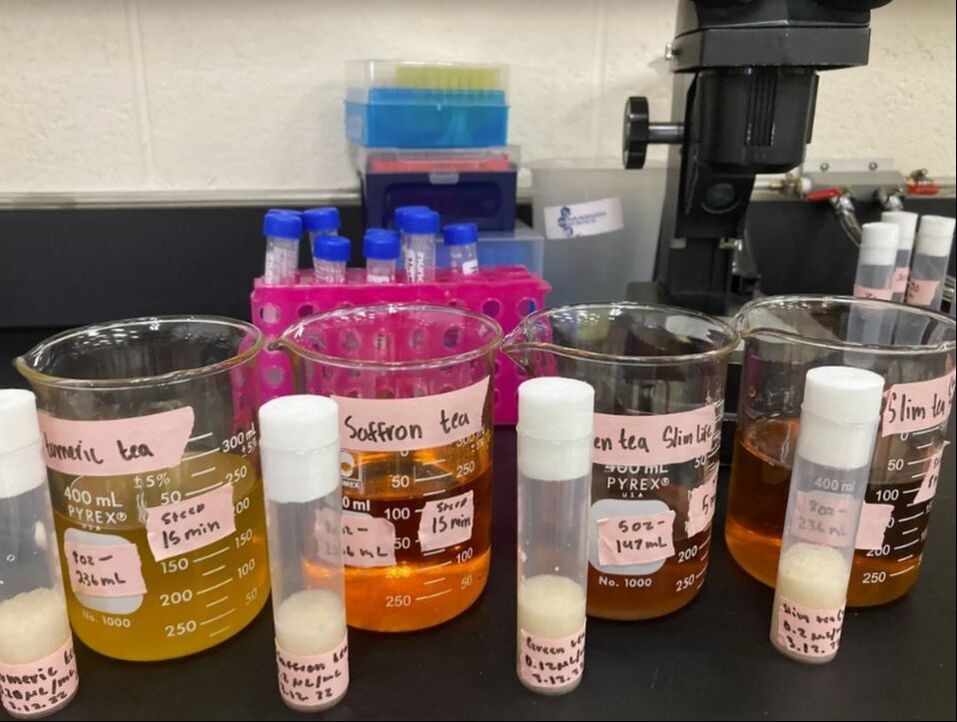
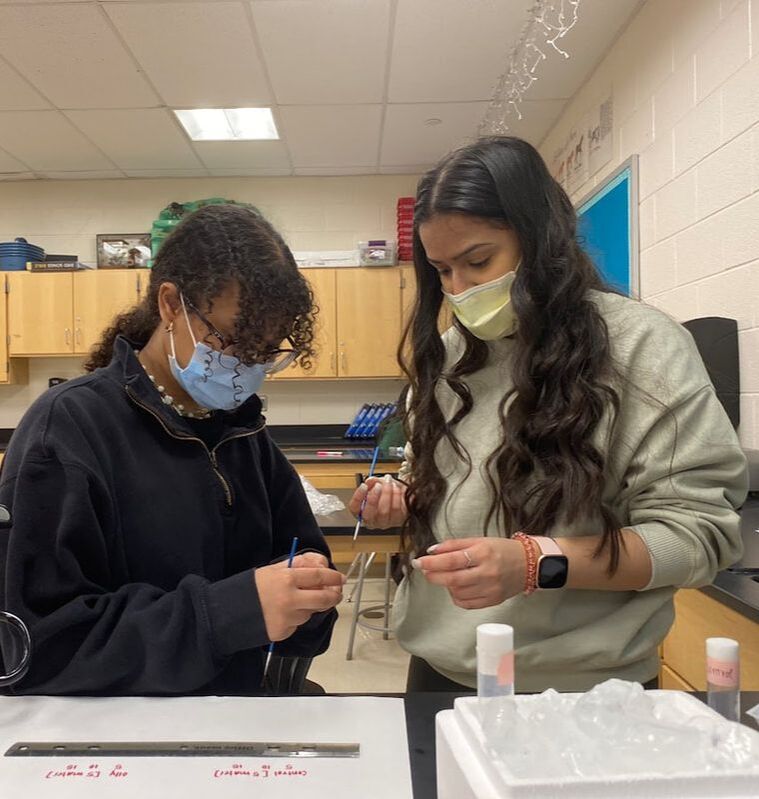
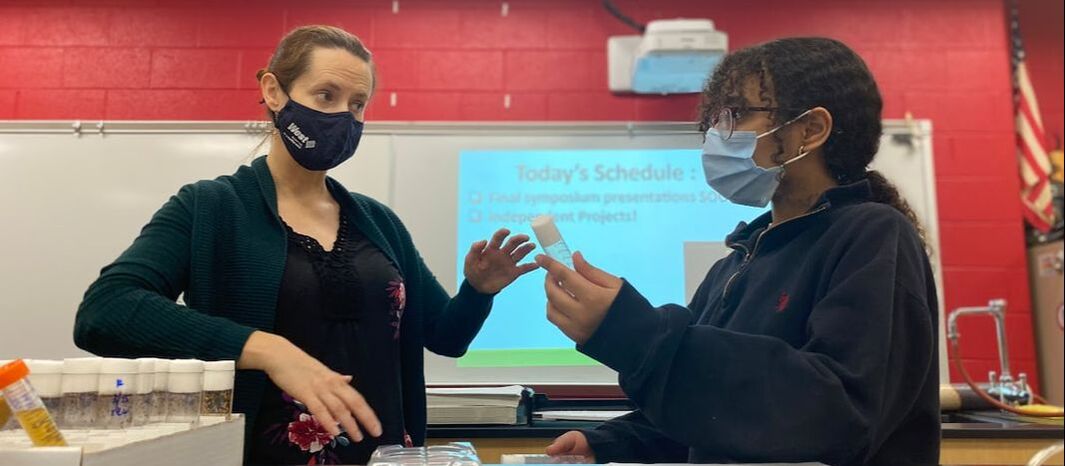

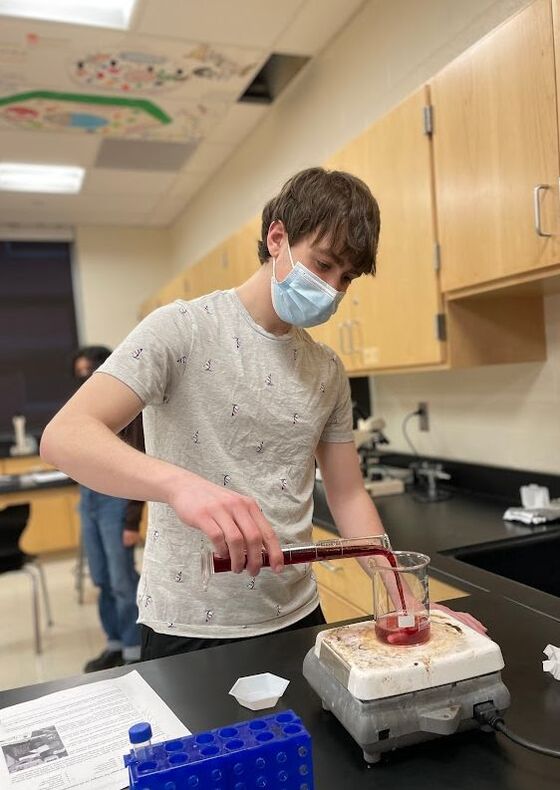
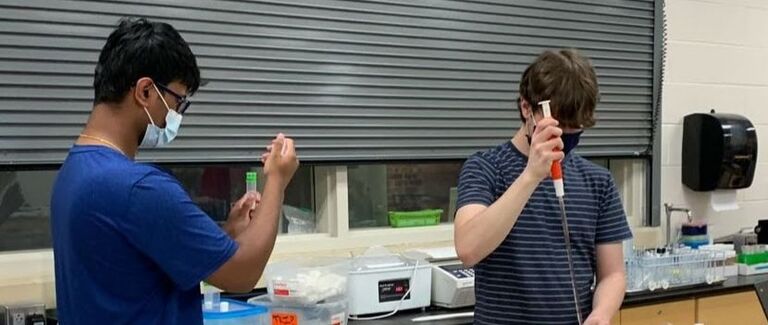
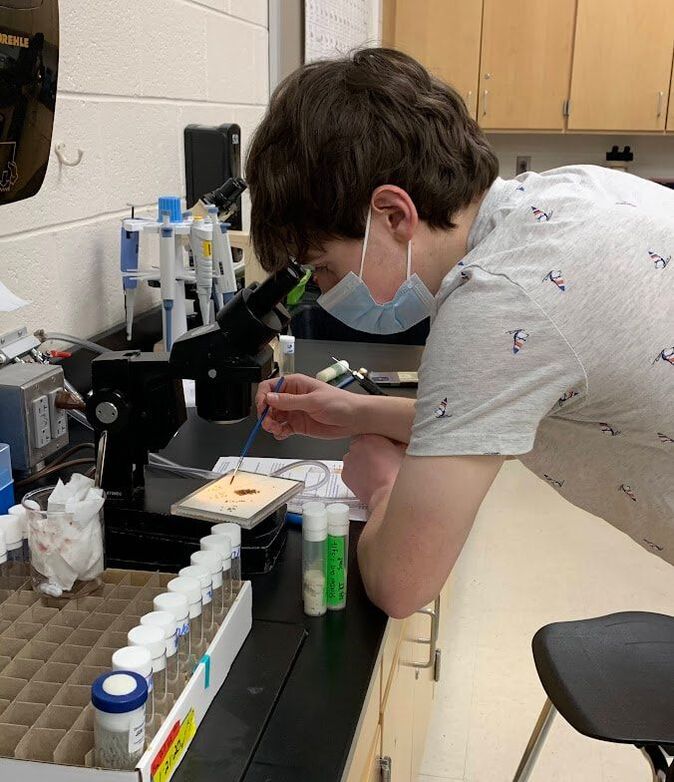
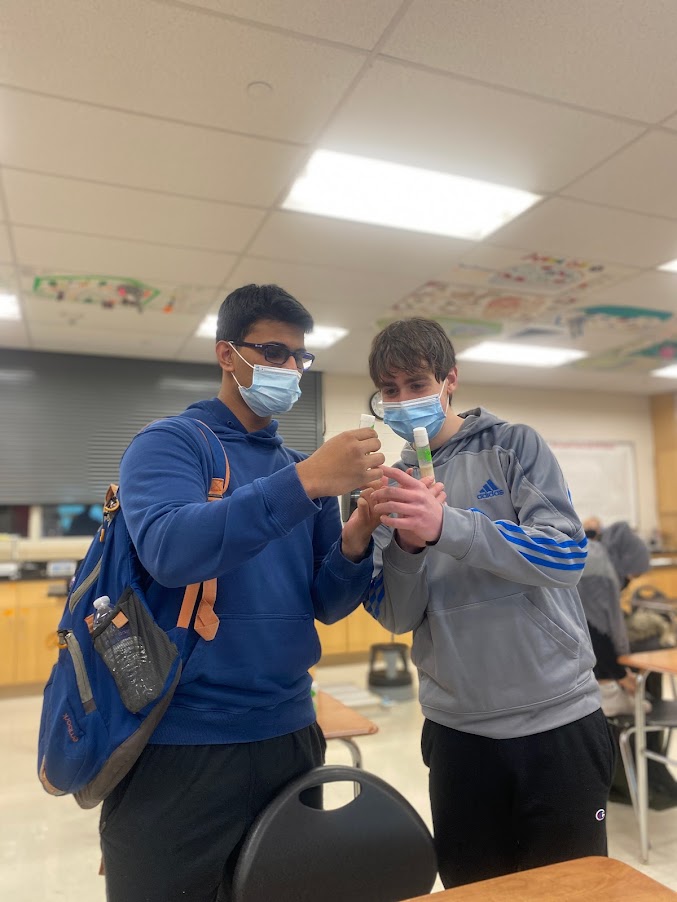
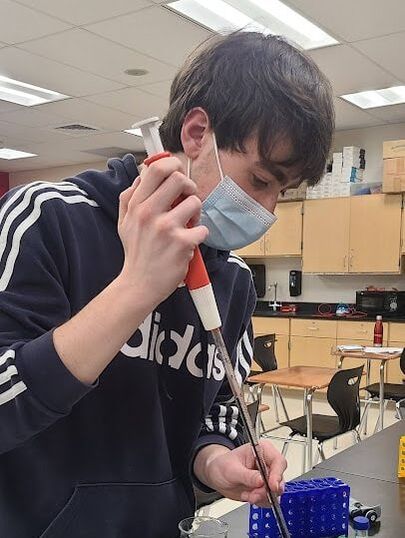
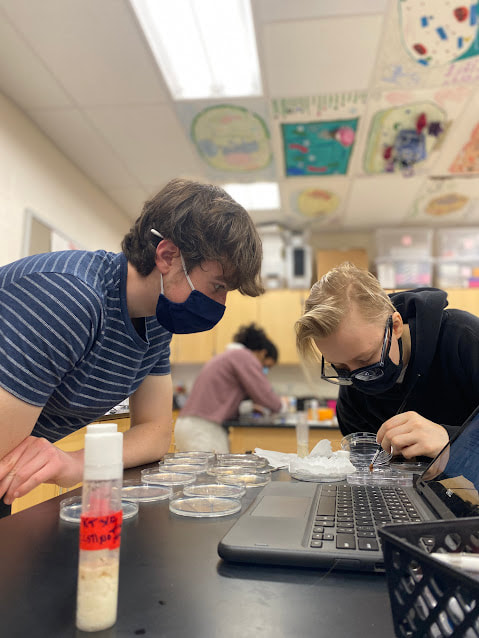

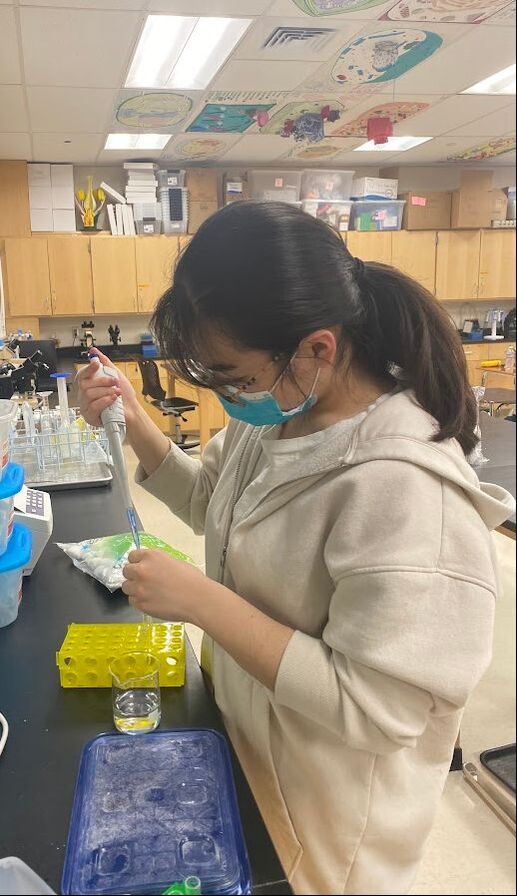
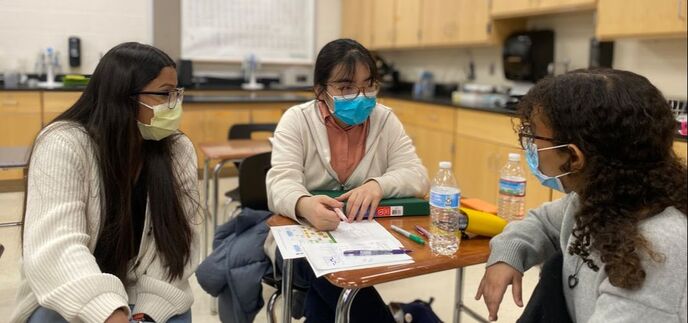
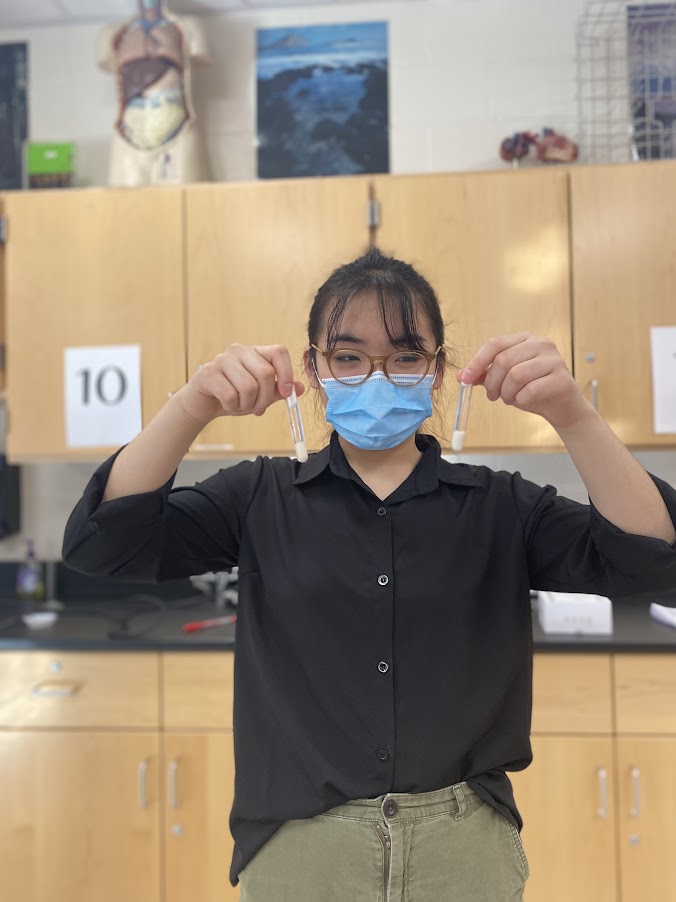
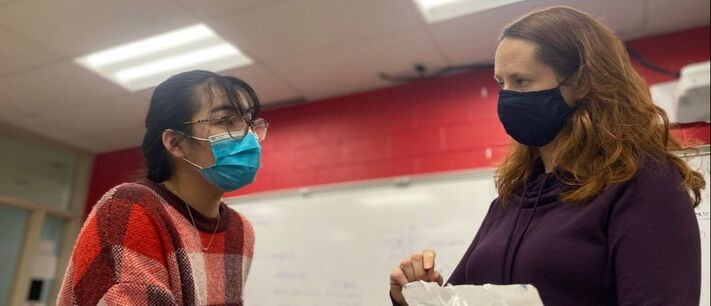
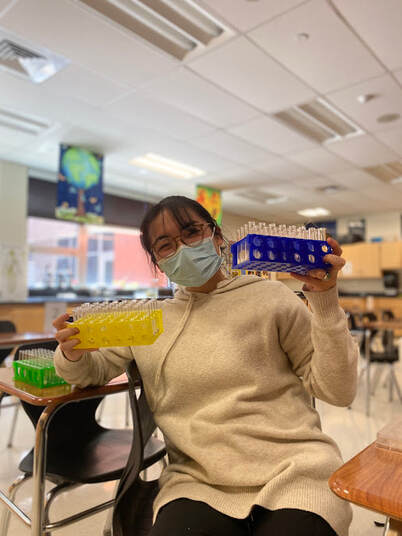
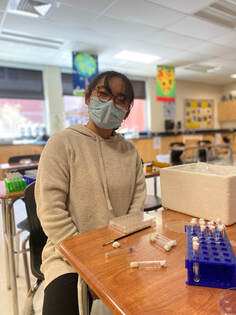
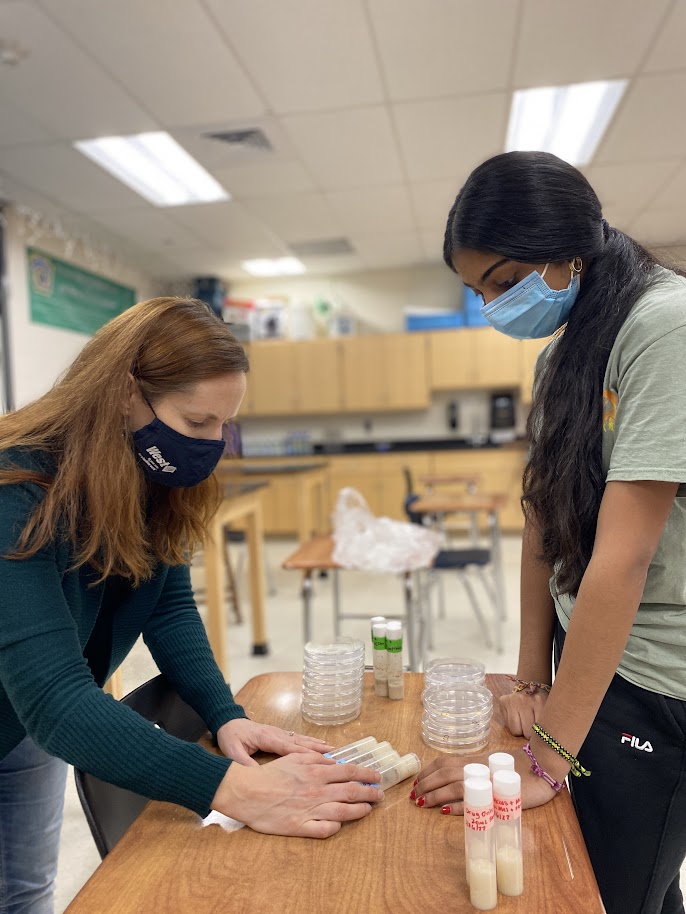
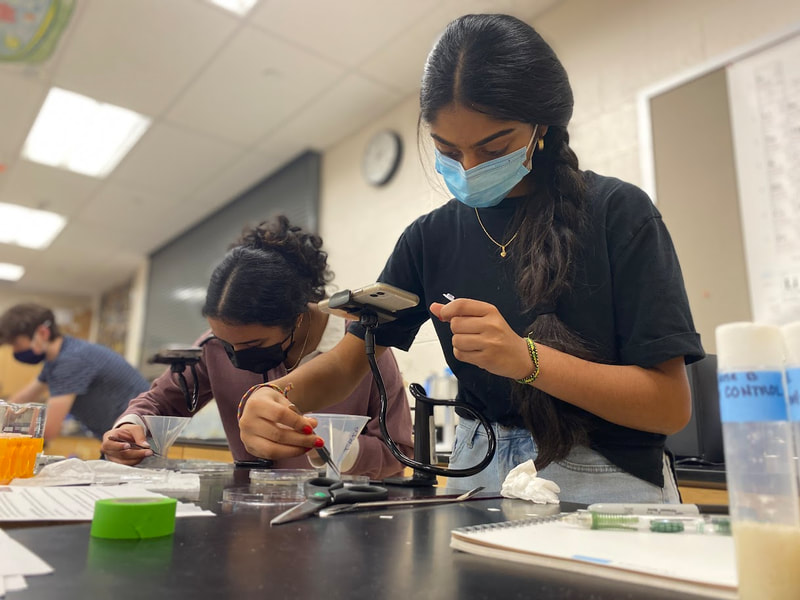
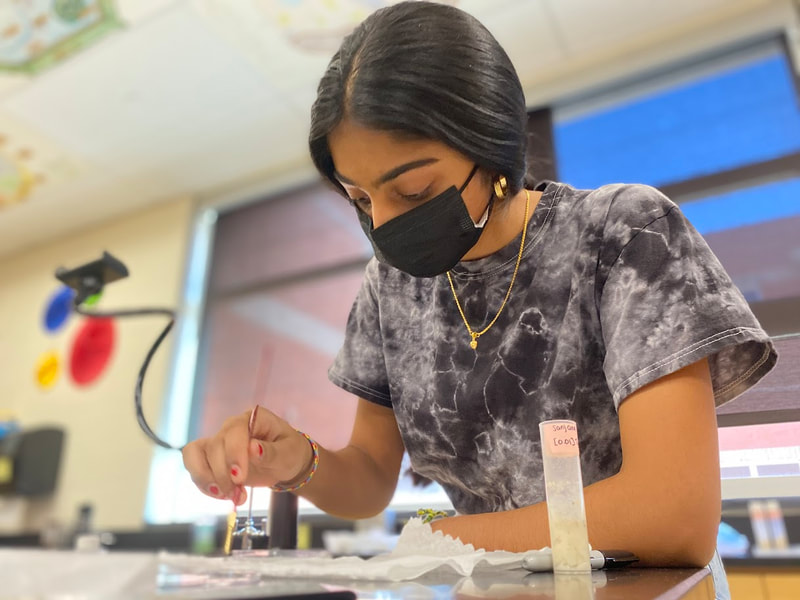
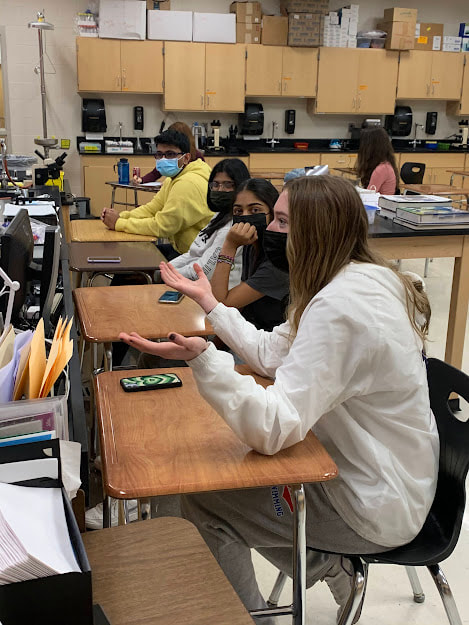
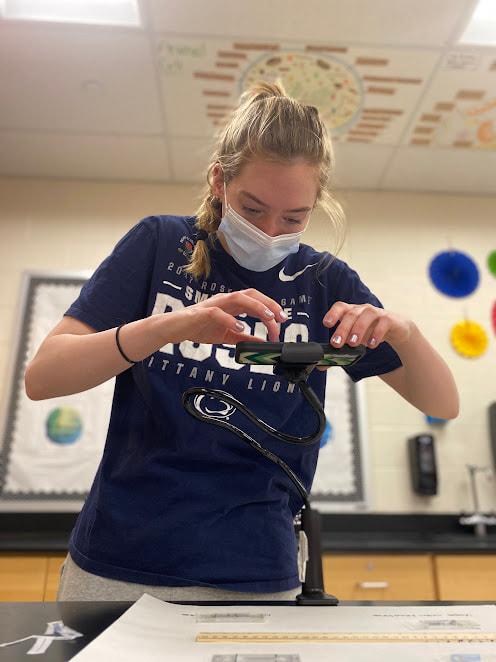
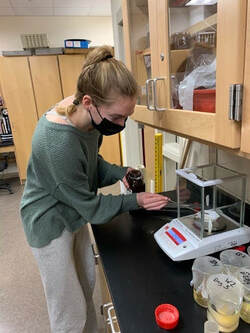
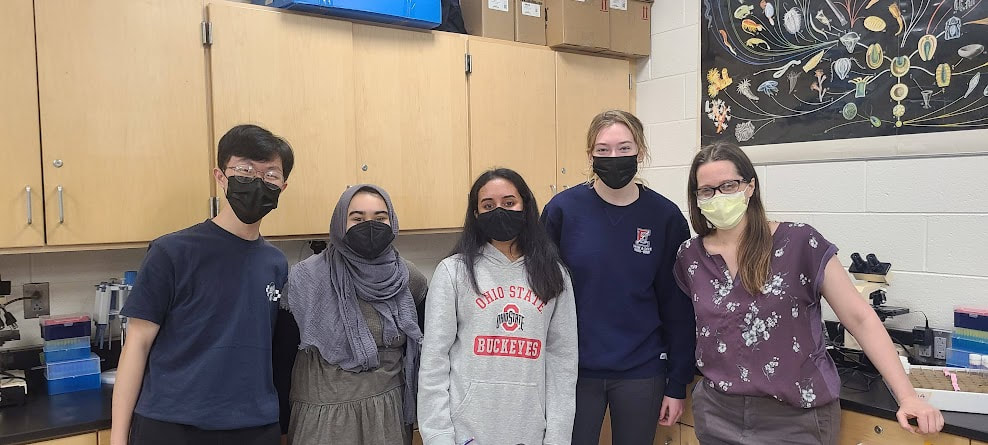
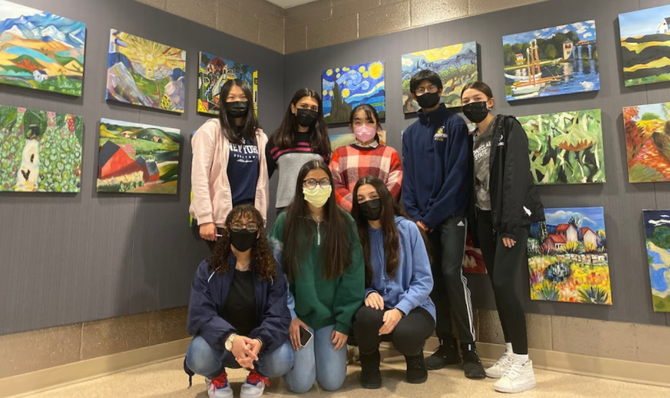

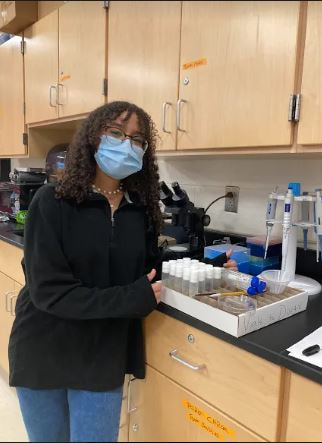
 RSS Feed
RSS Feed